Rexcavators Knowledge

How to Insure Excavators During Transportation and Storage Against Accidental Loss or Damage? Frequently Asked Questions!
I. Introduction II. Insurance Basics A. What is Excavator Insurance? B. Why is Insurance Important During Transportation and Storage? III. Frequently Asked Questions A. How

Export of Used Excavators: Interpretation of Tariff Policies and Responses
I. Introduction II. Overview of Tariff Policies III. Tariff Policies in Major Export Markets A. Southeast Asian Market B. European Market C. African Market IV.
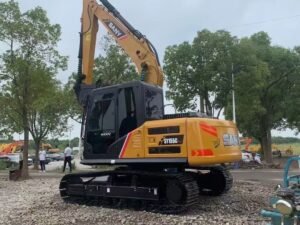
Maintenance of Used Excavators: Details Determine Success or Failure
I. Introduction II. Importance of Maintenance III. Key Maintenance Details A. Daily Inspections B. Mechanical System Maintenance C. Electrical System Checks D. Tire and Track
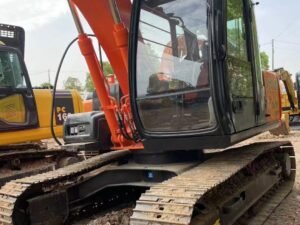
Maintenance of Used Excavators: Details Determine Success or Failure
I. Introduction II. Importance of Maintenance III. Key Maintenance Details A. Daily Inspections B. Mechanical System Maintenance C. Electrical System Checks D. Tire and Track
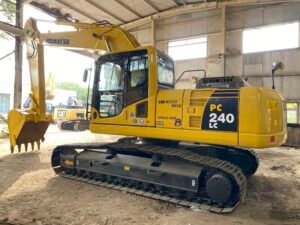
Key Maintenance Points to Extend the Lifespan of Used Excavators
I. Introduction II. Importance of Regular Maintenance III. Key Maintenance Points A. Engine Maintenance B. Hydraulic System Maintenance C. Electrical System Maintenance D. Tire and

Comprehensive Maintenance Secrets Before Exporting Used Excavators
I. Introduction II. Importance of Maintenance III. Comprehensive Maintenance Steps A. Exterior Inspection B. Mechanical System Maintenance C. Electrical System Maintenance D. Tire and Track
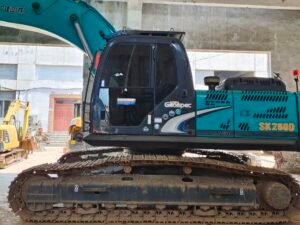
From China to the World: Current Status and Trends of Used Excavator Exports
I. Introduction II. Current Status of China’s Used Excavator Exports III. Challenges Faced in Exports IV. Future Development Trends V. Case Study Analysis VI. Conclusion

Exporting Used Excavators: How to Choose the Right International Logistics
I. Introduction II. Importance of International Logistics III. Key Factors in Choosing International Logistics IV. Logistics Services and Support V. Case Study Analysis VI. Conclusion

Unveiling the Import and Export Process of Used Excavators
I. Introduction II. Overview of the Import and Export Process III. Preparation Stage for Import and Export IV. Export Process V. Import Process VI. After-Sales
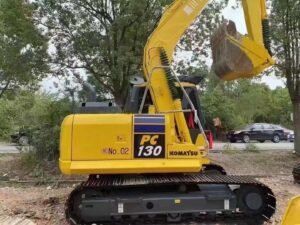
Exporting Used Excavators: Opportunities and Challenges in the Global Market
I. Introduction II. Global Market Overview III. Market Opportunities IV. Market Challenges V. Strategic Recommendations VI. Conclusion
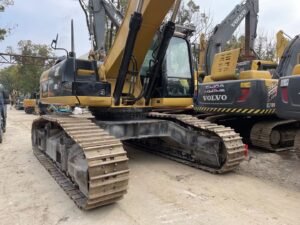
How to Effectively Maintain Used Loaders: Key Steps to Extend Equipment Life and Enhance Performance
I. Introduction II. Daily Inspections and Maintenance III. Regular Maintenance IV. Winter and Summer Maintenance V. Operator Training VI. Conclusion
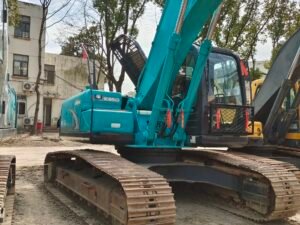
Understanding and Budgeting Import Taxes and Costs: Including Inspection Fees, Transportation Fees, and Storage Costs
I. Introduction II. Import Taxes III. Inspection Fees IV. Transportation Fees V. Storage Costs VI. Comprehensive Budgeting Strategy VII. Conclusion

Taxes and Costs: Understanding and Budgeting All Import Taxes and Related Fees
I. Introduction II. Import Taxes III. Other Related Fees IV. Cost Budgeting Strategies V. Conclusion 分享
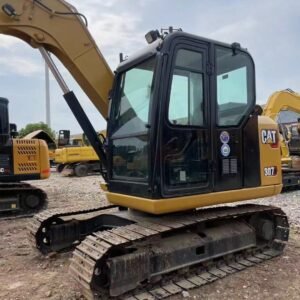
Legal Regulations and Compliance: Ensuring Used Excavators Meet Import Policies and Regulatory Requirements and Obtaining Necessary Certifications
I. Introduction II. Import Policies of Target Countries III. Regulatory Requirements IV. Necessary Permits and Certifications V. Risk Management VI. Conclusion

Ensuring Access to Complete Operation Manuals and Technical Documents for Proper Use and Maintenance of Excavators
I. Introduction II. Importance of Operation Manuals III. Necessity of Technical Documents IV. How to Obtain Complete Operation Manuals and Technical Documents V. Ensuring Document
